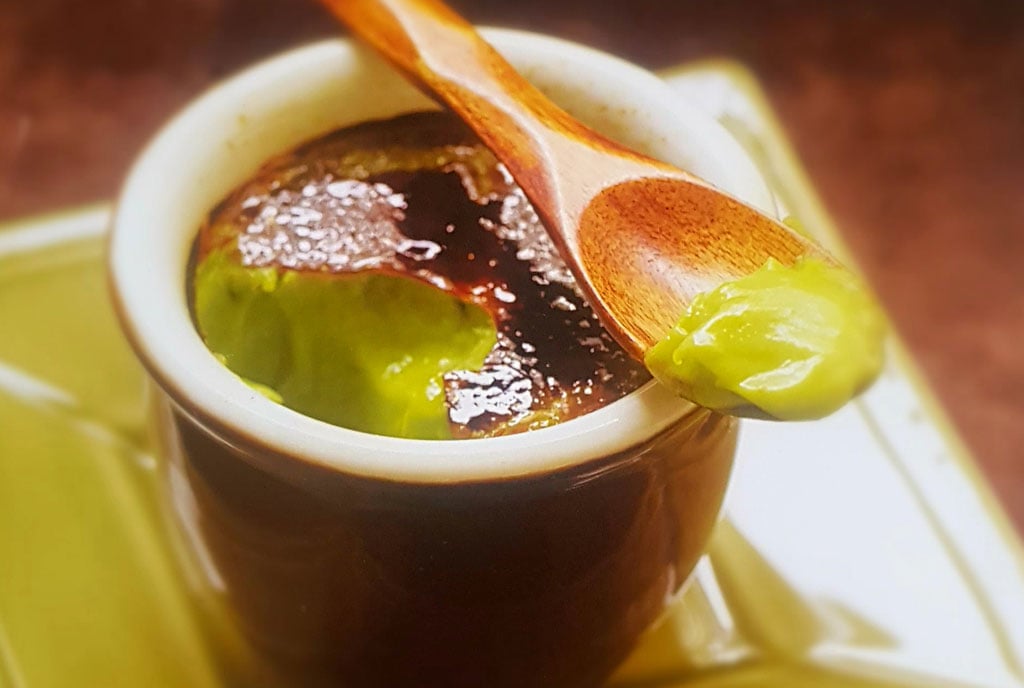Prime
Try baked macaroni with cheese

Baked macaroni with cheese. PHOTO/A KADUMUKASA KIRONDE II.
What you need to know:
- Your guests will be amazed at your ingenuity and will not be the wiser for the lack of the usual meat or tomato sauces that are the order of the day.
The question has often been asked whether macaroni and pasta are the same? The vast majority of Ugandans should be forgiven for thinking that pasta and macaroni are one and the same and truth be told they are far from being the same. Macaroni is a type of pasta whereas pasta is not just limited to macaroni and they differ in shape, appearance, production as well as shelf life.
Pasta is the most commonly known of the two and comes in a variety of shapes and sizes such as spaghetti, cavateli, lasagna, ravioli and fettucine to mention just a few items. In Asian countries, pasta is referred to as noodles, and for the record, pasta has been around since the 13th Century in Italy whereas macaroni is a new development that saw its birth during the early 80s.
Cooking pastas
Freshly made pastas are an incomparable treat that is second to none. As for noodles, these are the ones that are most frequently cooked in the home since they do not require the difficult to find high gluten flours that other pasta forms demand. Because pasta shapes come in such a wide variety, we give weight as opposed to the volume regarding the amounts that are to be cooked.
Also, bear in mind that when you are preparing meals where pasta is the predominant ingredient of the main dish, the individual serving should be more generous than the usual meat or vegetable serving.
Bearing this in mind, allow 110 grammes of dry pasta per serving.
All pasta, regardless of the type being used, should be added gradually to a large quantity of rapidly boiling water so that the boiling is not disturbed.
I am sorry that this cardinal rule is hardly ever observed in Ugandan homesteads where the minimum amount of water used is the rule than the exception.
As in the cooking of all cereals, it is vital that the outer surfaces be penetrated as quickly as possible. This requires a saucepan that is large enough to accommodate at least two litres of rapidly boiling water for 500 grammes of pasta.
Add at least a tablespoon of salt and a tablespoon of vegetable oil or olive oil. Long pasta (frequently referred to as ‘amakorooni’ by the Ugandans), which is the most commonly found and used in Uganda, should never be broken into pieces before cooking, but must be inserted whole which should not be a problem if the saucepan is large enough.
The dry material (the pasta) softens gradually as it is lowered into the continuously boiling water until all the pasta freely floats.
Do not overcook
Cooks all over the world are in agreement that the only way the timing of pasta can be gauged is by tasting- not once, but several times while it is boiling. If the noodles are very thin or freshly made, a few minutes will suffice. The perfect state that any Italian recognises as al dente is reached when no taste of raw flour remains and the pasta still offers slight resistance to the bite.
Thick forms of commercial pasta with uncertain shelf histories may need cooking as long as 15 or 20 minutes. As soon as the al dente state is reached, remove the pasta from the water with a pasta scoop and let it drip dry over the pot for a couple of minutes before releasing it into a large buttered warm bowl or spooning it with a pasta server.
Serve
When all the pasta is drained and tossed in butter, portion into hot bowls served thus without a sauce. This classic way of serving pasta is what the Italian call al burro topped with grated cheese.
Your guests will be amazed at your ingenuity and will not be the wiser for the lack of the usual meat or tomato sauces that are the order of the day.
Baked macaroni with cheese
4 to 6 servings
Ingredients
1 cup or 120 grams of macaroni
1 cup shredded cheddar cheese
2 eggs
2/3 cups milk
Salt and pepper to taste
¼ teaspoon paprika
A few grains of Cayenne pepper (optional)
1 sliced pimento
½ cup chopped green pepper or 2 tablespoons chopped parsley
1 tablespoon grated onion
For the au gratin
Dry bread crumbs
Dots of butter
The remaining shredded cheese
Method
Drain the macaroni and preheat the oven to 350°F or 176°C.
Place the layers of macaroni in a buttered baking dish and blend the rest of the ingredients together and pour the mixture over the macaroni and sprinkle the top with the au gratin and the remaining shredded cheese.
Bake the macaroni for about 40 minutes.




